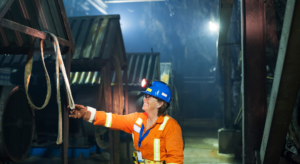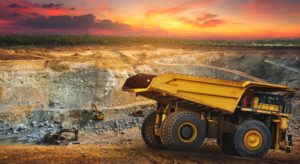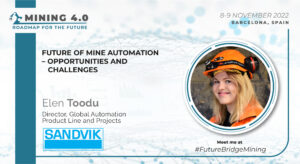Exploration has always been an essential part of mining. Metals and minerals have to be located before they can be extracted, a process that is time-consuming and difficult, as these things tend to be hidden underground. With the increasing demand for natural resources, exploration has become even more critical for mining companies to keep up with demand. So the industry needs to learn about modern technologies that can help during the exploration stage. It also needs to work out a roadmap for how to actually put them into place.
Autonomous Systems for Exploration
Autonomous systems have been a mainstay in the mining industry for a while. These systems include self-driving trucks, drones, and robots. They can significantly reduce the risk of accidents and injuries. In exploration, autonomous systems can be used to survey large areas of land, identify potential mineral deposits, and collect data for analysis more efficiently than a human might. Since the industry already uses them on-site, it’s not a stretch to use them in the exploration stage as well.
Drones in particular can be equipped with sensors that can detect minerals and metals on the ground. They can also be used to create 3D maps of mining sites, which can help mining companies better understand the terrain and potential risks. Commercial drones are becoming cheaper and cheaper, while simultaneously allowing a small group to survey a lot of territories quickly. Other options include rovers that can be equipped with sensors that can detect minerals and metals on the ground. They can also be used to collect samples, which can be analyzed to identify mineral deposits.
Big Data and AI
Mining companies generate vast amounts of data, including geological data, environmental trends, and operational information. This can be used to identify patterns, trends, and anomalies that can help mining companies identify where there might be more metals and minerals and what areas are best to avoid. Currently, much of this data is not used actively, but companies need to figure out methods to extract value from this information.
Artificial intelligence (AI) can help mining companies analyze this data more efficiently than a human would. This could help identify potential mineral deposits and improve operational efficiency. Companies need to be proactive in finding new sites, as global demand will probably grow faster than current exploration methods are equipped to help. Fortunately, AI solutions are being developed every day, so the industry is likely close to something that can greatly help with efficiency.
Remote Sensing
Remote sensing technologies, such as satellites and airborne sensors, can be used to collect data on a large scale, making it easier to identify potential mineral deposits. This is better than using individual human parties that can be put at risk and tire more quickly while surveying less territory. Remote sensing can also be outsourced to help save on costs if that is a concern for some operations.
Already, satellite imagery is used to identify geological features that are associated with mineral deposits. For example, certain rock types and geological formations are more likely to contain valuable minerals. Airborne sensors can be used to detect changes in the earth’s magnetic and electromagnetic fields, which can be used to identify potential mineral deposits. This data can also be used in conjunction with AI to rapidly analyze large swaths of land. In general, most of these trends will work in conjunction with each other, the real issue is getting the industry to adapt quickly enough.
What should the industry keep in mind?
Exploration will become more and more important in the future. Autonomous systems, big data and artificial intelligence, robotics, and remote sensing will likely all play an increasingly important role in exploration, but only if the industry actually uses them.
Mining companies that embrace these technologies will be better equipped to identify potential mineral deposits, reduce costs, and improve safety. However, these technologies also present new challenges, such as the need to train workers to use them effectively and the need to ensure data security and privacy.
Industry leaders can benefit from meeting and interacting with peers from around the world to share the best insights and experiences. Join key decision-makers at the Efficient Mining Operations Summit in Barcelona, Spain from May 4th to 5th to learn more. Visit future-bridge.eu or mining-events.com and follow us on our social media to keep track of other events about sustainability in the mining and metals industry.





